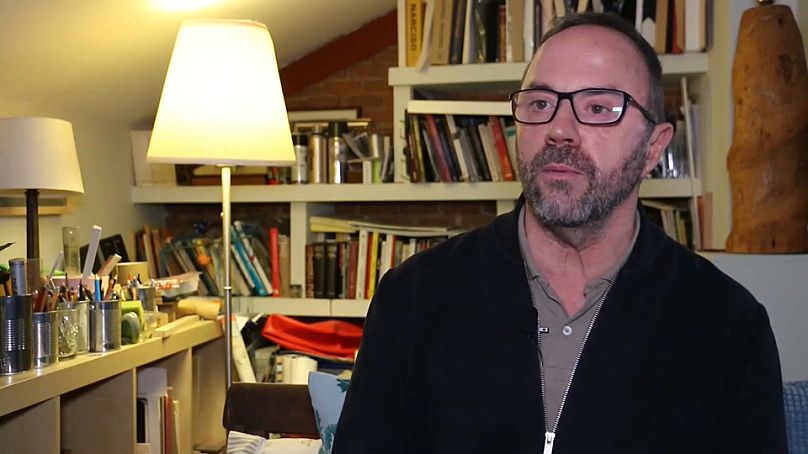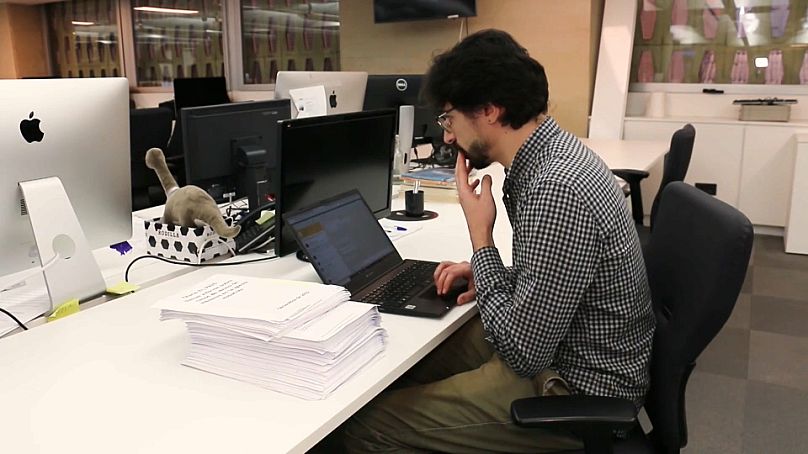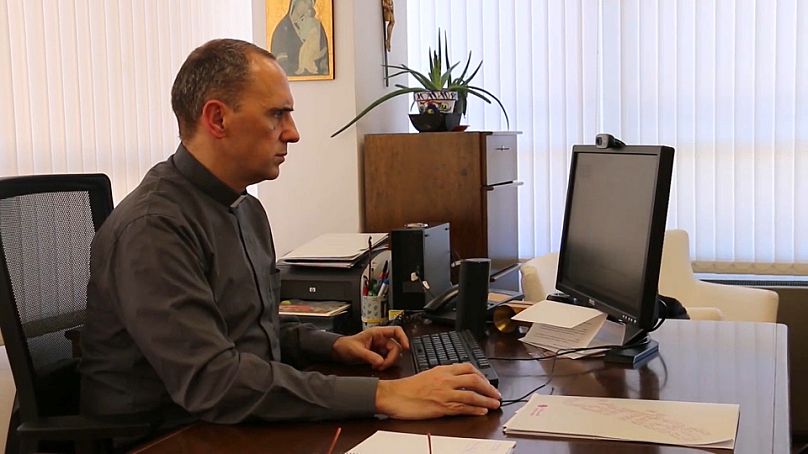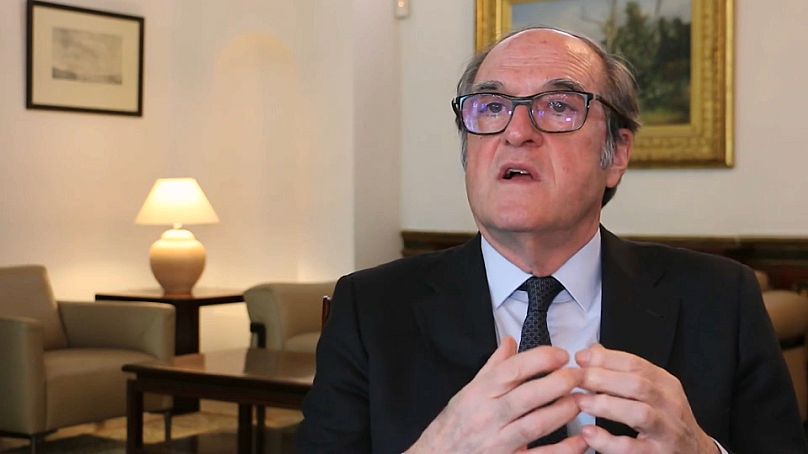It has been over four years since the revelations of historic sexual abuse cover-ups by the Spanish Catholic Church. But how are authorities dealing with this today? Euronews takes a look.
For a long time, Fernando Garciá-Salmones found it hard to accept his own reflection in the mirror.
When he was a schoolboy, aged just 14, a priest named José María Pita da Veiga began to sexually abuse him. Fernando says, "the vulture made the little mouse feel guilty".
"The priest came to me one rainy day and asked me to go upstairs to dry off in his room and that's when it started," he said.
The abuse lasted almost a year. Speaking with Euronews, Fernando explained that much of the after-effects of sexual abuse are indelible.
"There is a destruction of the capacity to love, a complete differentiation between sexuality and affection, mistrust, a permanent feeling of guilt, a devastating fear of loneliness," he revealed.
Groundbreaking media investigations
In October 2018 the Spanish newspaper El País launched the first investigation into sexual abuse in the Catholic Church. At the time, only 34 victims had been registered.
Three years later it opened a comprehensive database that counted more than 1700 survivors of abuse.
Julio Nuñes, a journalist with El País told Euronews "The main driver was the creation of the mailbox set up by the newspaper El País. It created an umbilical cord that linked the victims to someone who could articulate and corroborate their story."
The Spanish Bishops' Conference says it has no authority over the different Catholic orders where cases of abuse have occurred. It admits that the response has been "slow", but insists they’re doing everything it can to help, including the creation of two hundred offices to help victims.
"Whatever society does, whatever the Church does, it is a pain that they carry in their hearts and that must be respected," said José Gabriel Vera, Director of Communications for the Bishops' Conference.
The Church is proposing to meet with each of the victims face to face to know their case and their story, to know their names, and to understand how they can be helped. Either from a pastoral point of view, which is the role of the Church, or from a legal point of view.”
Creating a 'complete picture' of pederasty in the Catholic Church
The Spanish Church has discovered a total of 506 cases. In March last year, the Spanish Congress of Deputies commissioned an independent Ombudsman to begin work on a report on cases of pederasty in the Catholic Church and the role of the public authorities. It is the first official investigation to be carried out in Spain.
He has set up a panel of independent experts to achieve this goal. The commitment goes beyond what has been agreed with the political representatives.
"It's also a report for the victims themselves so they can see their own situation and see that measures will be taken demanding responsibility and seeking reparation," explained Ombudsman Angel Gabilondo.
The Ombudsman hopes that the Spanish Church will fulfil its promise to collaborate and help to create a complete picture of these crimes.















